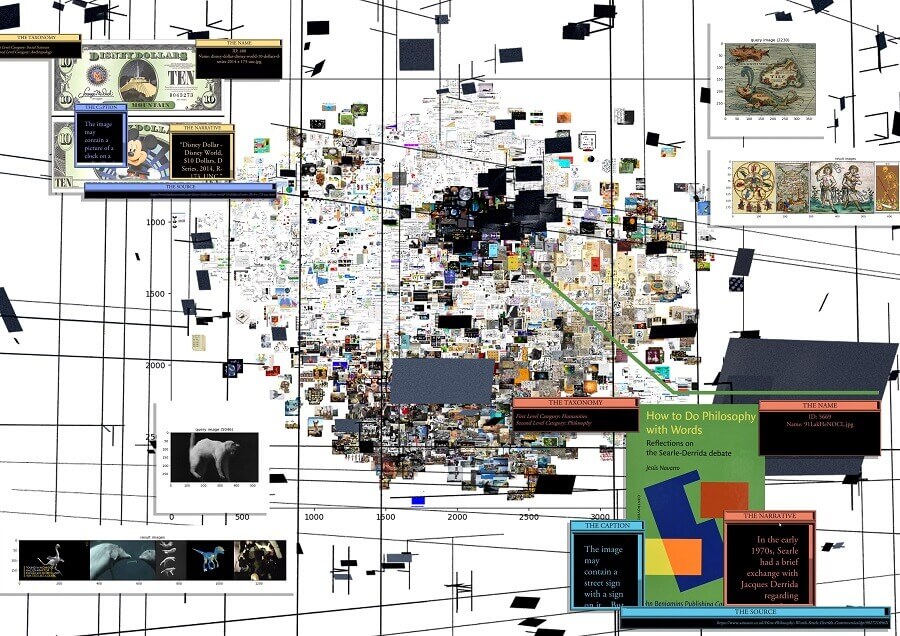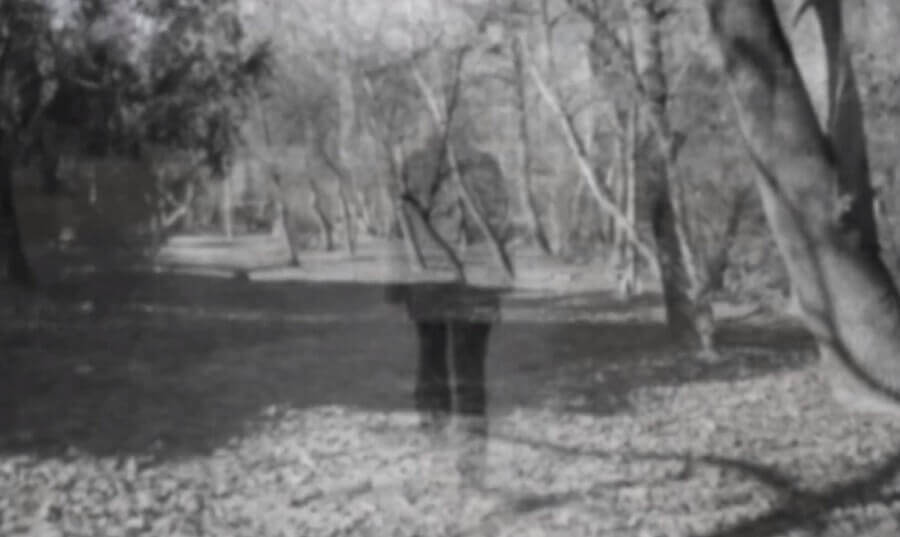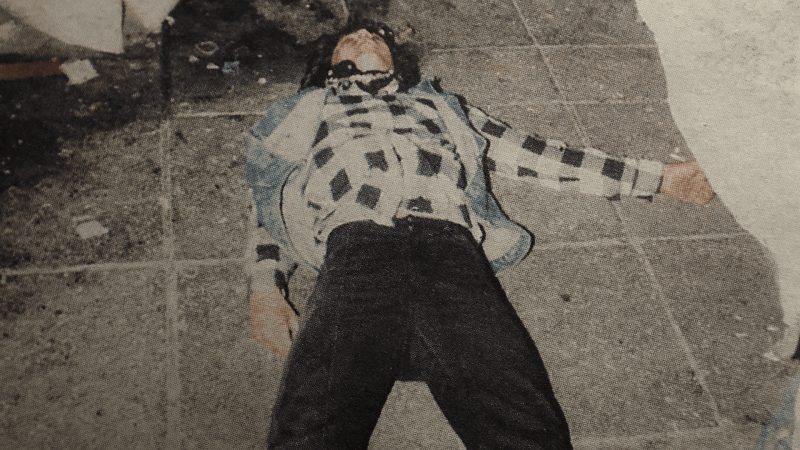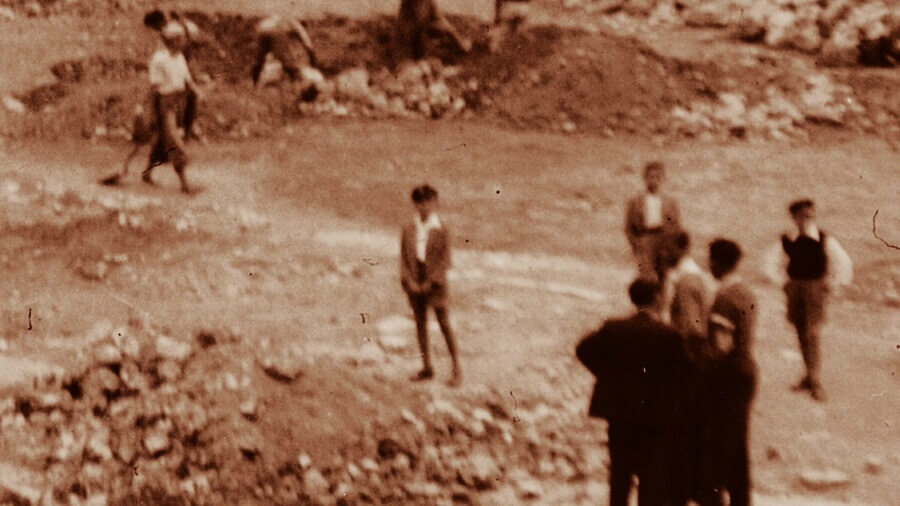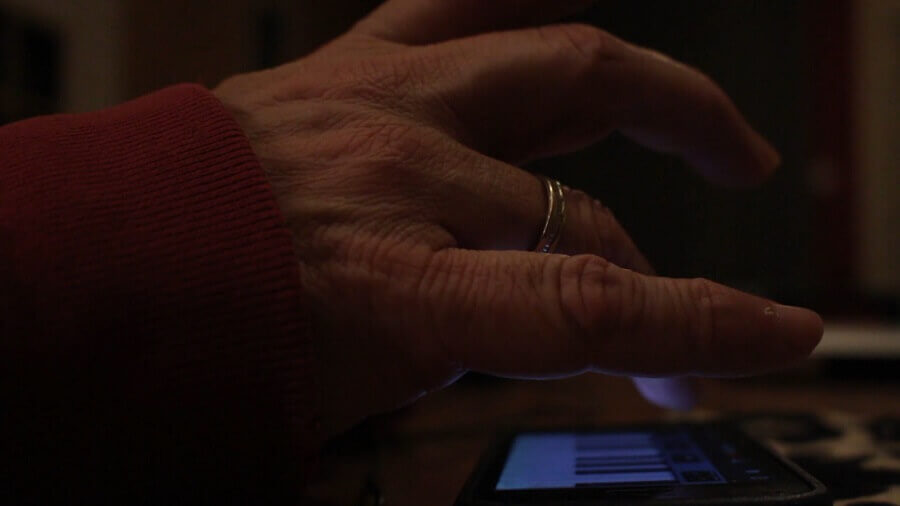Ticket
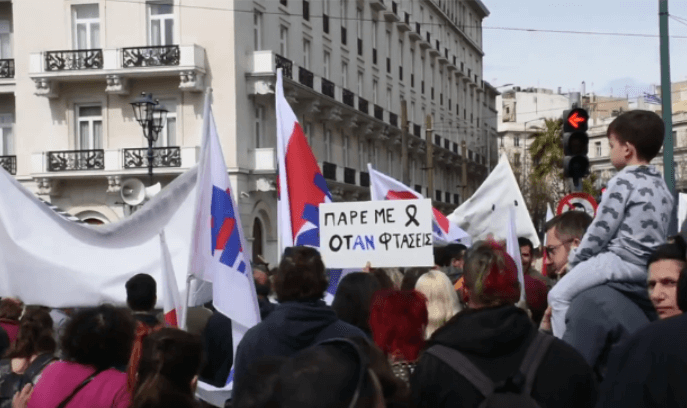
The documentary includes footage of:
- The train collision point,
- the hospital of Larissa,
- the Thessaloniki OSE,
- from the mobilizations in Athens and Larissa.
Narrated by Christina Koblitsi
Related Works
The Video installation in the exhibition emphasizes and at the same time negates the temporality of a medium whose dominant form of expression is space.
The current project is a digital, interactive, audiovisual application that can be used either as a virtual installation accompanied by a simultaneous projection of its content in the physical space or be distributed as an executable digital medium on any computer, compatible with its technical specifications. It examines the flow of information, its creation, collection, storage, interpretation and utilization through perceptual mechanisms that mutate -enhance or degrade- with the available tools of digital reality and its transformation from a sequence of serial, adjacent and referential values to one unified context, what is usually interpreted as meaning or significance. The participants of this reality are called upon to engage at the degree of signification that expresses them better, ranging from a purely perceptual and empirical viewing to a frantic clarification of everything included.
The documentary presents an important incident that happened in Poland in October 2020: The government announced the almost universal ban on abortions, and daily protests followed until the government freeze the law. Two women talk about their own involvement in demonstrations and express their feelings about government decisions.
An essay-film which looks for mnemic traces of major political events inscribed in the body of the metropolitan entity of Athens.
A documentary about Lazaretto, the desert islet near the city of Corfu that functioned for centuries as a quarantine station as well as a place of execution for political prisoners during the Greek Civil War. The identity of the place is approached through fragmentary testimonies and original sources.
The fulfillment of a last wish leads Filippo to a retrospection from the mountains of Epirus to the recent past of the year 1945. His meeting with his history revives the memory of a whole village, unfolding the relations and the bonding of two peoples against the commands of an era, which is not as far as we think.
This short film is the portrait of a man, emphasizing a specific aspect of himself, that is, his engagement with musical improvisation.



